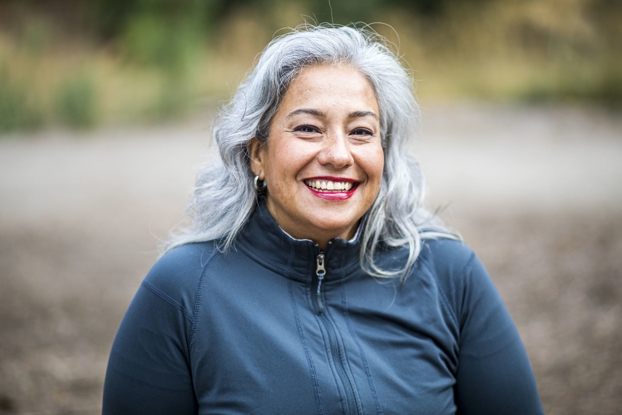Show some self-love with annual screening mammograms
- Category: Breast Care
- Posted On:

When you’re busy with family, work or simply enjoying life in NOLA, it can be easy to put off routine screenings. Nonetheless, setting aside less than an hour each year for screening mammograms may add years to your life and life to your years.
When breast cancer is detected and treated before it spreads, the survival rate is almost 100%. When it spreads to distant parts of the body, that number drops to just above 30%. Not only can early detection improve your five-year relative survival rate, but it may also mean more treatment options and fewer treatments overall. With less time spent in treatment, you’ll have more energy and time to spend with those you care about the most.
Who benefits from screening mammography
Screening mammograms create X-ray images of the breasts to help detect breast cancer or other breast health conditions. Mammograms often reveal issues long before they cause symptoms or can be felt in a self-exam or clinical breast exam.
For people with an average risk of breast cancer, the American College of Radiology recommends annual mammograms beginning at age 40 for cisgender women and transmasculine people who have not had chest surgery. Yearly screening mammograms may also be appropriate for transfeminine people aged 40 and older who have received hormone therapy for five years or more. Clinical breast exams aren’t usually needed for people with an average risk of breast cancer.
If you have a higher than average risk of breast cancer, talk with your healthcare provider to find out when and how often you need screening mammography or clinical breast exams.
You have to start somewhere
Just like people, no two breasts are exactly alike. Some people have dense breast tissue. Others have more fatty tissue in their breasts. Breast changes are also common with age. Your first annual screening mammogram gives you and your healthcare provider information about what’s normal for you.
Comparing future mammogram results to your baseline shows changes over time that might be signs of cancer or benign, or noncancerous, breast health concerns. It is estimated that over 10 years of screening, about half the women will get at least one false positive result. False positives are when an abnormal area is spotted in a screening mammogram that’s found not to be breast cancer after more testing.
One less thing to worry about
Getting an annual screening mammogram isn’t just self-care. It’s also a way to show your loved ones you want to be here to enjoy the good times and offer support when things are tough. Additionally, you'll get to be a positive role model for others who may feel nervous about scheduling a screening mammogram.
It’s normal to worry about what a screening mammogram might show. Still, not knowing what’s happening with your breast health can lead to more stress or serious health issues down the road.
On the day of your screening, don’t wear deodorant or perfume as these can have ingredients that show up in the scan and interfere with your mammogram results. Sometimes, mammogram images show a concerning area or the pictures aren’t clear. In this case, you’ll get a callback to schedule additional imaging, such as a diagnostic mammogram or ultrasound. No matter what tests are done, it’s crucial to keep in mind that abnormal screening results don’t mean you have cancer. It only means your University Medical Center New Orleans provider wants more information. In the United States, fewer than 1 in 10 women who get called back have breast cancer.
If breast cancer is found, you can take comfort in knowing you’ve already shown tremendous self-love by prioritizing your health and improving your odds of successful treatment and many more years to enjoy.
Has it been more than a year? Call 504.702.3928 to schedule a screening mammogram with a University Medical Center New Orleans breast imaging specialist.


